The Best of Kenya
and Tanzania, September 2023
We spent our first few days in Nairobi
adjusting to the time change and visiting animal nurseries and
the Nairobi slums. Below,
a baby rhino and 10 month elephants.


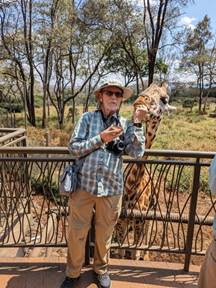
The
people in the slums were poor but not homeless. These
children’s watches admit them to a meal program and school.
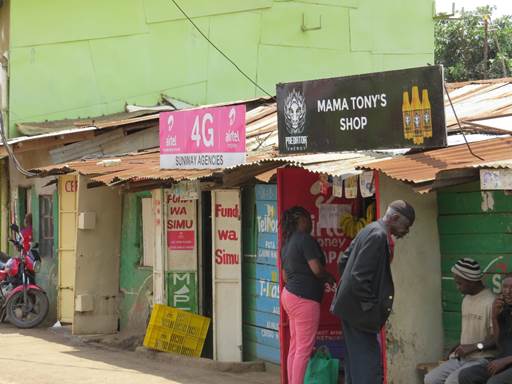
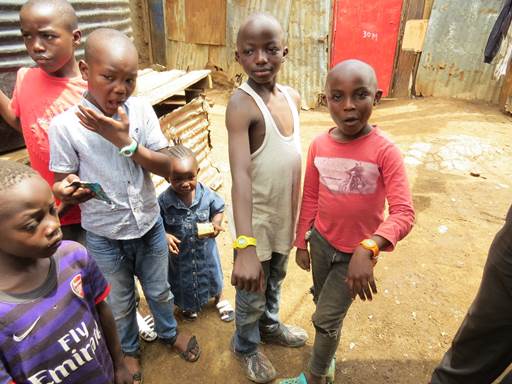
Then
we
took a flight to the Masai Mara National Reserve.
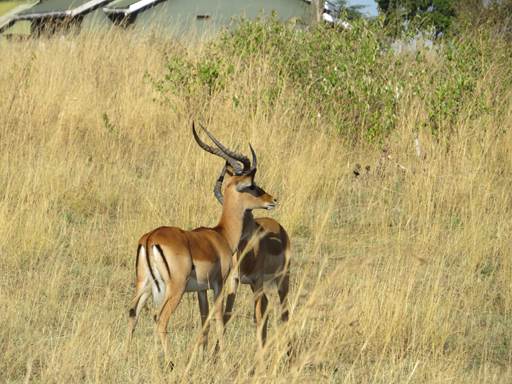
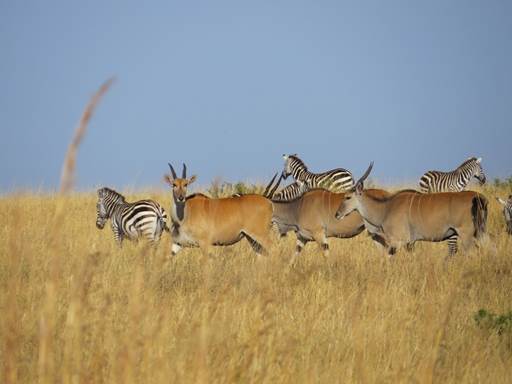
Antelopes
and
zebras numbered in the thousands, while the wildebeests we saw
in migration numbered over a million.
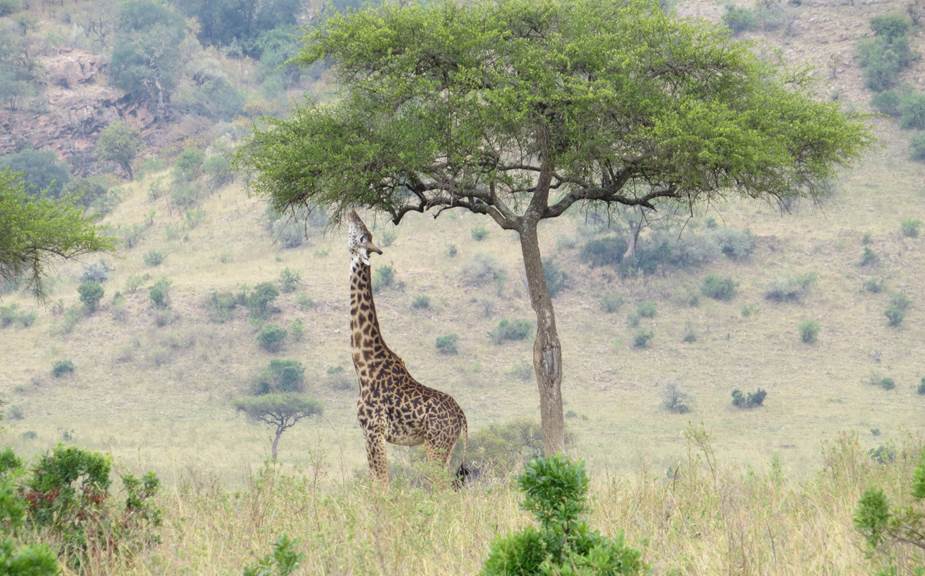
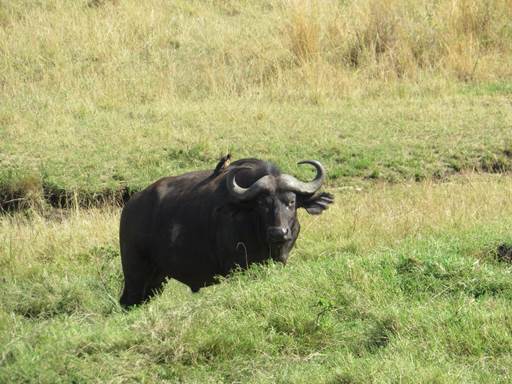
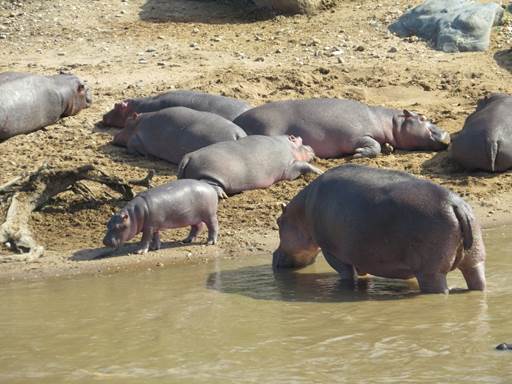
Cape
Buffalo.
The widow maker.
A
bloat of hippos.
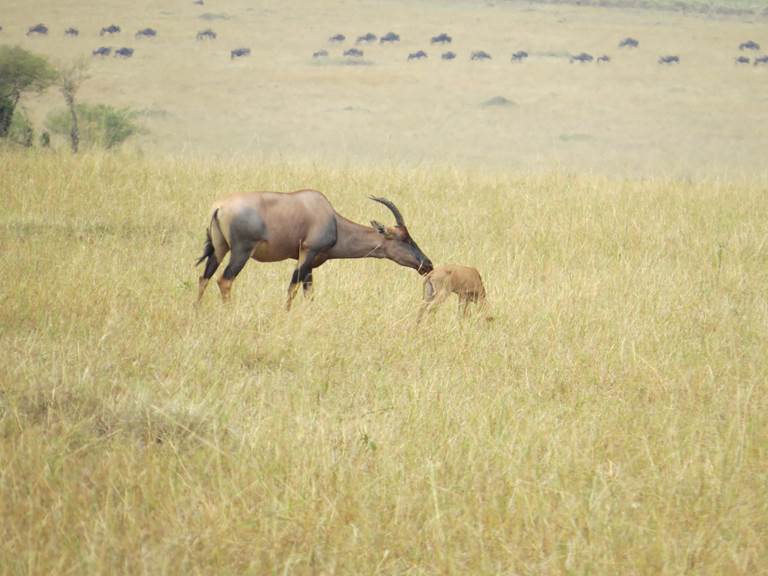
This
baby
Topi is just 5 minutes old.
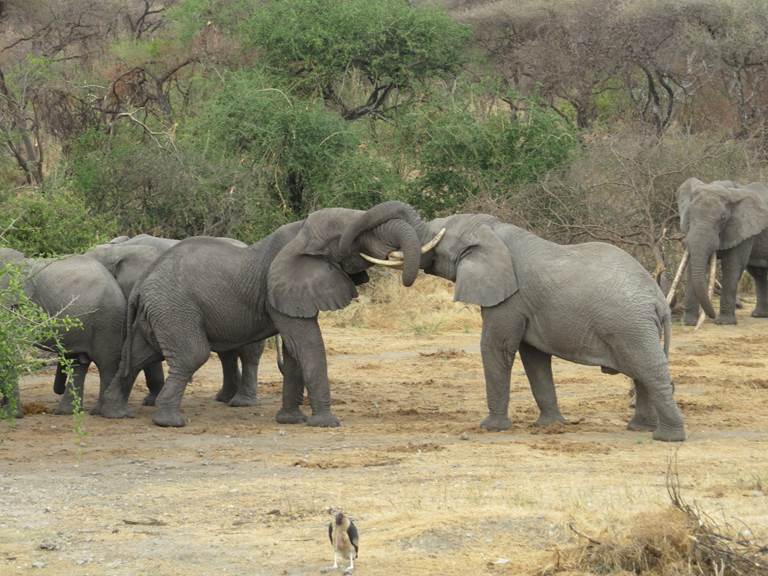
Two
young
bull elephants testing each other.
By
the time we left the Masai Mara NR we had seen all of the Big
5 animals and the 3 great cats, as well dozens of species of
antelope, scavengers and birds.
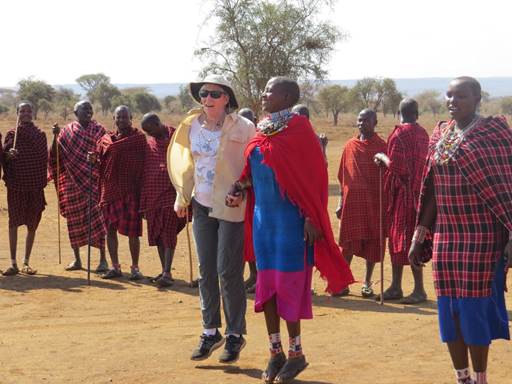
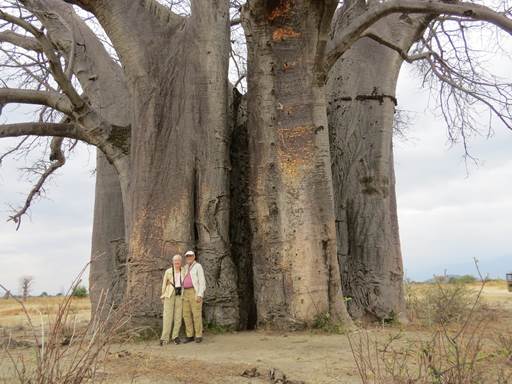
We visited a Masai village and a primary
school. And learned of the contributions of the baobab tree.
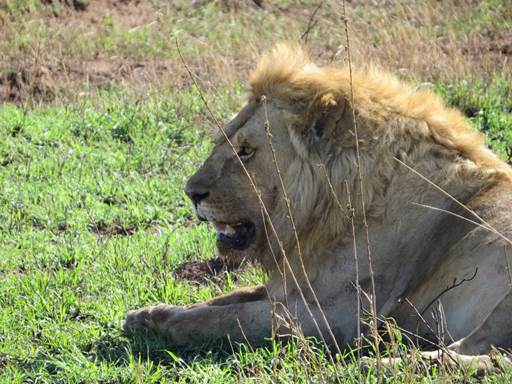
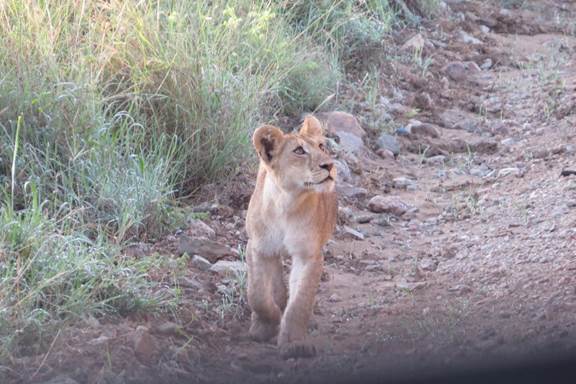
A lion sighting was almost a daily
occurrence. This
was one of seven cubs being cared for by two lionesses.
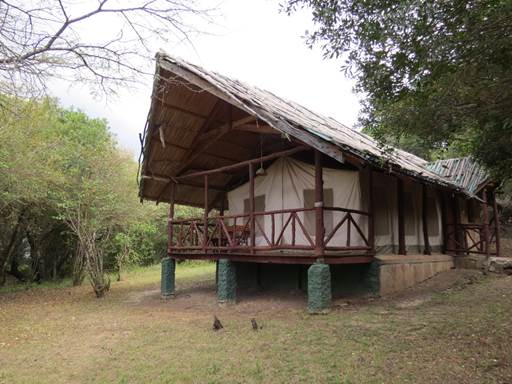
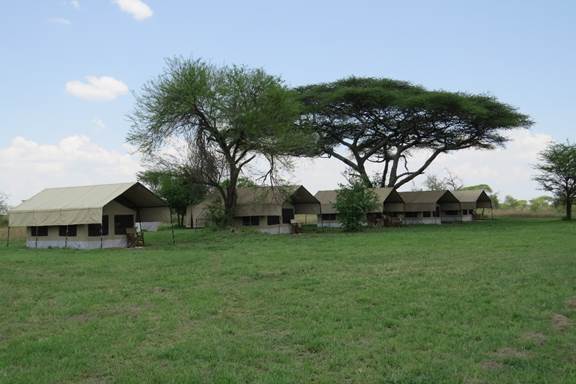
Safari lodges were canvas tents with
permanent bases and roofs.
Our final camp in the Serengeti was seasonal with no
platform and a canvas rain fly.
None were heated and night temperatures in the 50s made
the thick comforters welcome.
Meals were served in a central building that often
included a pool and a bar. The meals were wonderful, usually a
buffet, and if we were going to be out all day, you selected
from the lunch buffet and it was packed with your name on the
bag, just like mama did.. There was a strong Indian influence
to the food, and many of the hotels and camps were Indian
owned. Electricity availability varied from location to
location, but all lodges could recharge phones, etc in the
central building.

















